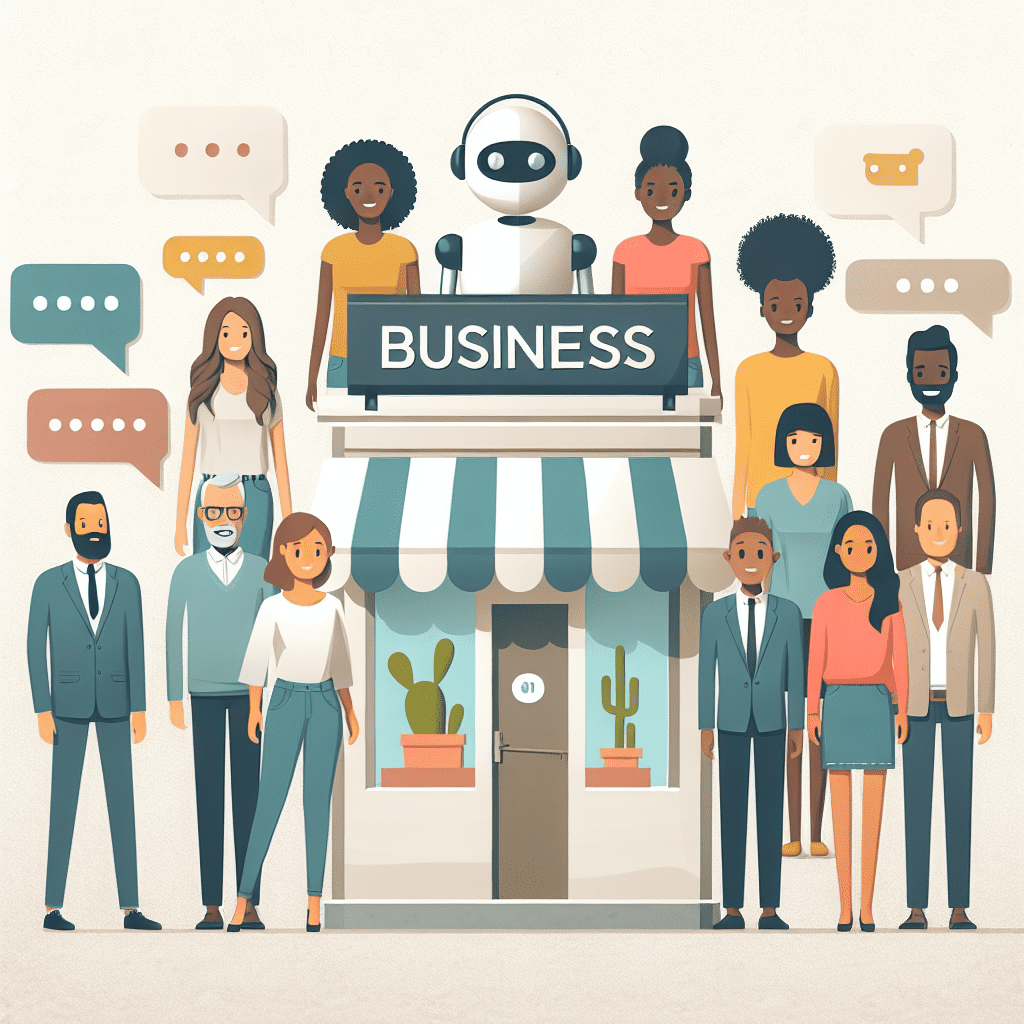If you’ve ever tried to ask a local business a simple question, like whether they’re open on Sunday or if they have oat milk, you’ve probably run into one of two things. Either a chatbot that feels like it was programmed by someone who’s never spoken to another human; or a surprisingly helpful assistant that nails your question in seconds. The difference? It’s not magic. It’s just whether the business actually understands what customers want from a chat.
Let’s get into what local folks are starting to expect from business chats in 2024, and what they’re quickly losing patience for.
Fast, accurate answers, or forget it
Speed isn’t a luxury anymore; it’s table stakes. According to HubSpot, 90% of customers say an “immediate” response matters when they’ve got a service question. And “immediate” doesn’t mean five minutes. It means now.
In a local setting, that might be “Are you open past 6?” or “Do you have gluten-free cupcakes today?”, and people expect a bot to answer just as fast as a human would, without the attitude. This is where AI chatbots trained on business-specific data come in. A GPT-4-powered bot that’s been fed your store hours, product availability, and appointment slots can answer questions at 2 a.m. without breaking a sweat.
Knows the neighborhood, not just the script
People don’t want to feel like they’re talking to a generic assistant from nowhere. They want a bot that knows the local delivery cutoff, the fact that your store closes early on snow days, and which local festivals mess with traffic.
Salesforce found that 73% of customers expect businesses to understand their unique needs. That’s not just about remembering a name; it’s about knowing the difference between someone in Midtown and someone in the suburbs. A local florist’s chatbot, for example, should know which zip codes get same-day delivery and which ones don’t. Otherwise, it’s just guessing.
Humans still matter, especially when things get weird
AI can handle a lot, but when emotions spike or things get complicated, people still want to talk to a person. Not being able to do that? It’s a dealbreaker. Forrester says 63% of customers get annoyed when they can’t reach a human.
The fix is simple: build a handoff system that actually works. If someone’s getting frustrated, the bot should know when to step aside and bring in a human without making the customer repeat everything. Think of it like a good maître d’—knows when to seat you, but also when to call the manager.
Be straight about the data stuff
People are getting more cautious about where their data goes, and rightfully so. Cisco reports that 81% of consumers believe how a company handles personal data reflects how it sees them as a customer.
So if your chatbot is collecting info—names, emails, browsing habits—just be clear about it. Include a privacy notice, explain what’s being stored, and let people opt out. It’s not about ticking a legal box; it’s about showing respect.
Personalized recs that actually make sense
When a chatbot suggests a product you’d actually buy? That’s impressive. When it suggests a lawnmower after you just bought a snowblower? That’s annoying.
McKinsey says personalization can drive up to 15% revenue growth, but only when it’s done right. That means connecting your AI chat to your CRM and POS systems so it knows what someone bought, when, and what they might want next. A returning customer asking about birthday cakes should get a heads-up about your seasonal specials, not a generic “Check our menu” link.
Canned responses? Hard pass
People can smell a script from a mile away. If your chatbot spits out the same stiff reply every time someone types “hours,” it’s not helping; it’s just wasting time.
The good news is, AI has moved past that. A GPT-4 model trained on your actual business content—FAQs, past chats, product info—can generate answers that sound natural and specific. Not like they were written by a committee in 2016.
Pushy bots are the new pop-ups
You know those bots that pounce the second you land on the homepage? The ones that start selling before you’ve even scrolled? Yeah. Nobody likes those.
PwC found that 59% of consumers will walk away after a few bad
experiences, even if they like the brand. So if your chatbot is acting like a used car salesman, it’s probably doing more harm than good. Let customers lead the conversation; don’t shove them into one.
Forgetting context is a rookie move
If someone has to re-explain what they asked five minutes ago, that’s not just annoying; it’s a sign your chat system isn’t paying attention.
Modern AI can remember past interactions, recognize returning users, and keep track of what was already said. It’s not about convenience; it’s about respect.
Speak the language, or at least try
If your customers speak Spanish, your chatbot should too. Or French. Or whatever language your community uses. Even if it’s just being able to understand the slang or phrasing people use locally.
Tools like DeepL and GPT-4’s multilingual skills can help here. And no, Google Translate alone doesn’t cut it. A chatbot that can’t understand “y’all open today?” is going to miss the mark.
Don’t fake being human
This one’s simple: if it’s a bot, say it’s a bot. Customers don’t mind talking to AI. What they mind is being tricked into thinking it’s a person.
Pretending your chatbot is “Samantha from Customer Care” when it’s really just a script? That’s a trust killer. Regulations like the EU’s AI Act are starting to crack down on this kind of thing. But even if you’re not legally required to disclose it, you should. Honesty is cheaper than a PR crisis.
So, what’s the takeaway?
Local customers aren’t anti-AI. They’re anti-bad AI. They want fast, useful, respectful interactions that feel like they came from a business that actually lives in the same zip code. That means training your chatbot well, connecting it to real business systems, and giving it a human backup when needed.
Precision matters. So does tone. And when your chatbot can pull off both? That’s the sweet spot.
Thanks for reading.
We’ll be back soon with more futuristic ideas.
Until then, keep building.
– Perfect Sites Blog

